A voyage into the Māori past on Enderby
5 April 2023
How Māori lived on the sub-Antarctic island of Enderby is the focus of an ambitious expedition involving scientists from the University of Auckland, the University of Canterbury and Ngāi Tahu.
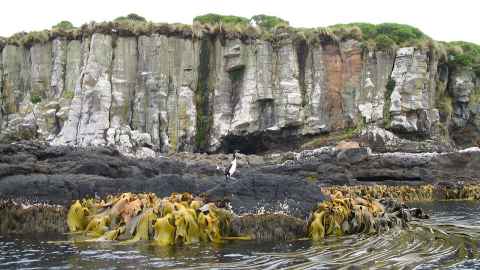
A challenge to the idea that pre-colonial Māori adapted to living in Aotearoa by planting gardens like kumara in the north and hunting wild resources like seals in the south is the focus of a significant expedition to the Auckland Islands in the Southern Ocean.
The Marsden-funded expedition is led by Simon Holdaway and Thegn Ladefoged, professors of archaeology at Waipapa Taumata Rau, University of Auckland, and Dr Matiu Prebble, a senior lecturer in environmental science at the University of Canterbury.
Professor Holdaway says the project tests long-held theories which have rather simplistically divided early human society into either agriculturalists (Neolithic) or hunter-gatherers (Palaeolithic) depending on which climates they lived in.
“These theories have changed pretty radically in other parts of the world over the past 20 years. The firm dichotomy between very different economies, and therefore societies, has dominated our understanding of early human habitation throughout the 20th century, and back as far as the 19th; however, this has now shifted as people have a much better idea of the process and variability all over the world.”
Professor Holdaway will be one of 12 scientists and students and seven crew to spend ten days on Enderby, a DoC-protected island, 465 km from Bluff, in the uninhabited Auckland Islands archipelago.
The team will look for plant and animal remains, together with the portable artefacts and features like fire places, that might tell a different and more complex story of Māori habitation.
At Sandy Bay, Enderby’s only landing point, there is a back swamp sitting in behind the dunes which is a typical landscape found all around New Zealand.
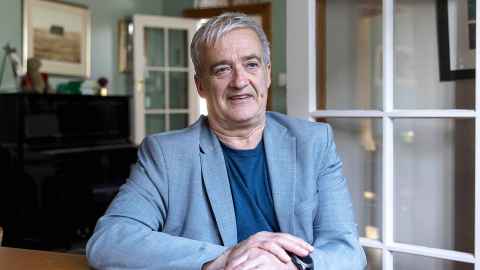
From this, the team, led by Dr Matiu Prebble from the University of Canterbury, will analyse ancient pollen core samples.
“We’ll be able to see changes in vegetation and any use of burning, which will provide clues to any human-made changes in the plant life of the island,” says Holdaway.
“We’re interested not only in the domesticates [plants specifically raised by humans] but also in endemic [native] plants from different parts of Aotearoa on these islands (all the way from the sub-tropics to the sub-Antarctic) that people might have been using, and then modifying the environments in which they grew to enhance them.”
And as modifying the environment for wild plants, and probably some animals, is not that fundamentally different to growing domestic plants, that will prove the point the team is hoping to investigate on this trip, he says.
“The separation between hunter-gatherers and the Neolithic is being revaluated, so this is a great opportunity to look at how Māori throughout the motu were indeed engineering the environments and using a variety of different plants and animals; right from their initial contact with this part of the southern Pacific, from around the late 13th century.”
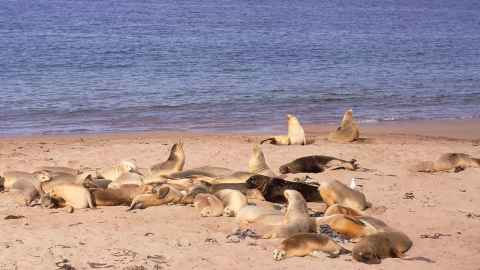
As well as flora and fauna, the team expect to find the remains of stone artefacts at risk of being damaged by wave action, buried or washed away completely.
“Because we know people were down there before [around 700 years ago] it will be interesting to work out to what degree people were supplying the island with these artefacts.
“We want to understand how the artefacts have moved or changed in size and shape; things like basalts, cherts and any other rocks that we can identify to other regions in New Zealand.”
The team has a highly accurate way of mapping the location of any objects they find in 3D using Trimble gear, a variety of precision engineering mapping tool used most often on construction sites. The expedition will include palaeoecologists, archaeologists, geomorphologists and biogeochemists.
Professor Holdaway specialises in researching how to interpret the past using material remains found by archaeologists and has done field work all over the world, including in southwest France, arid and tropical regions of Australia, the north of Egypt and Aotearoa New Zealand, with a particular focus on Ahuahu, Great Mercury Island.
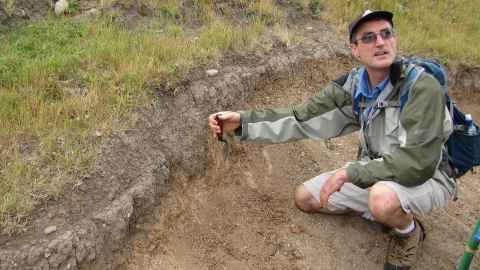
Professor Thegn Ladefoged's specialist area is the relationships between human behaviour and the environment in places as diverse as Rapa Nui (Easter Island), Hawaii, and the Canary Islands, as well as in Aotearoa, on Ahuahu Great Mercury Island.
Ngāi Tahu scientists on the team include Dr Gerard O’ Regan, an archaeologist with ties to the University’s James Henare Research Centre and Anthropology in the School of Social Sciences at Auckland. Dr O’Regan is the curator of Māori and Pouhere Kaupapa Māori at Otago Museum.
It so happens, Professor Holdaway says, that one of the first scientists to discover and date Māori habitation on Enderby was Atholl Anderson CNZM, the renowned Ngāi Tahu archaeologist.
“Atholl was also one of my university teachers many years ago.”
Professor Anderson established that Polynesian voyaging into the sub-polar regions occurred around 700 years ago, and through initial archaeological excavations at Sandy Bay, discovered earth ovens containing the bones of seals and sea lions, fish, mussels, albatrosses, and petrels.
Māori settlers, it’s been thought, only stayed for one or two summers and left behind a limited number of stone artefacts.
Conditions on Enderby, which is home to rare, protected sea birds and a colony of sea lions have been described as “winter Fiordland tramping," says Holdaway.
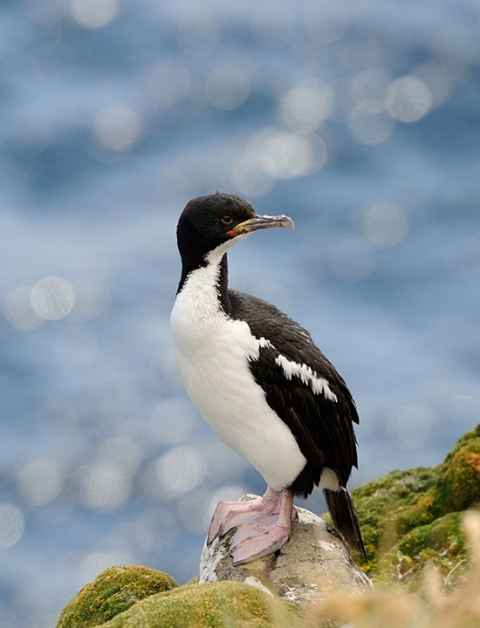
“We’ll be wearing lots of layers, long johns, polyprops, rainproof parkers, gloves, hats, and lace-up rubber boots which must all be strictly sterilised before we set foot on the island. We’ll be spending two days in Invercargill in quarantine before we set off because the island is pest-free and regenerating.”
He’s been warned that sea sickness is unavoidable during the two-day voyage on Evohe, a specially equipped research vessel often used for trips in extreme environments.
“I do suffer from sea sickness so I have lot of tablets, but the official word is to ‘stay in our bunks’ for the whole two days of the voyage from Bluff.”
If crossing the Southern Ocean can be tough on a modern vessel with all the mod cons, what must it have been like for Māori in their waka, especially given the cold and huge seas?
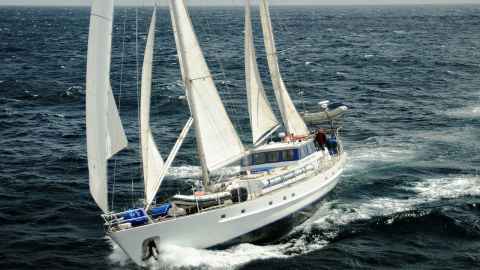
“That’s the story of the Pacific, isn’t it?” says Holdaway.
“Why did Māori travel that far south to such a cold, inhospitable environment? I guess you have to stop looking at water as a barrier, but rather as a medium across which they could move easily in multiple directions, not bound by roads.”
From a tropical Polynesian perspective, he says, people were sailing around many island archipelagos in the 13th and 14th centuries, and this might have been influenced by a climate change event effecting the prevalence of wind direction interacting with the capability of ocean-going waka at the time.
“It might also have been the attractiveness of islands, some of which weren’t as densely forested as those further north, and therefore easier to burn off and use for gardens, for example. For the Auckland Islands, we are interested in understanding which resources were attractive and for how long.”
The Auckland Islands trip is part of a much larger University of Auckland and University of Canterbury project to explore six small offshore islands, extending as far north as sub-tropical Raoul Island and as far south as Enderby. This project aims to form a clearer picture of the relationship of Polynesian settlers to the land across 2,700km of the Pacific.
Media contact
Julianne Evans | Media adviser
M: 027 562 5868
E: julianne.evans@auckland.ac.nz